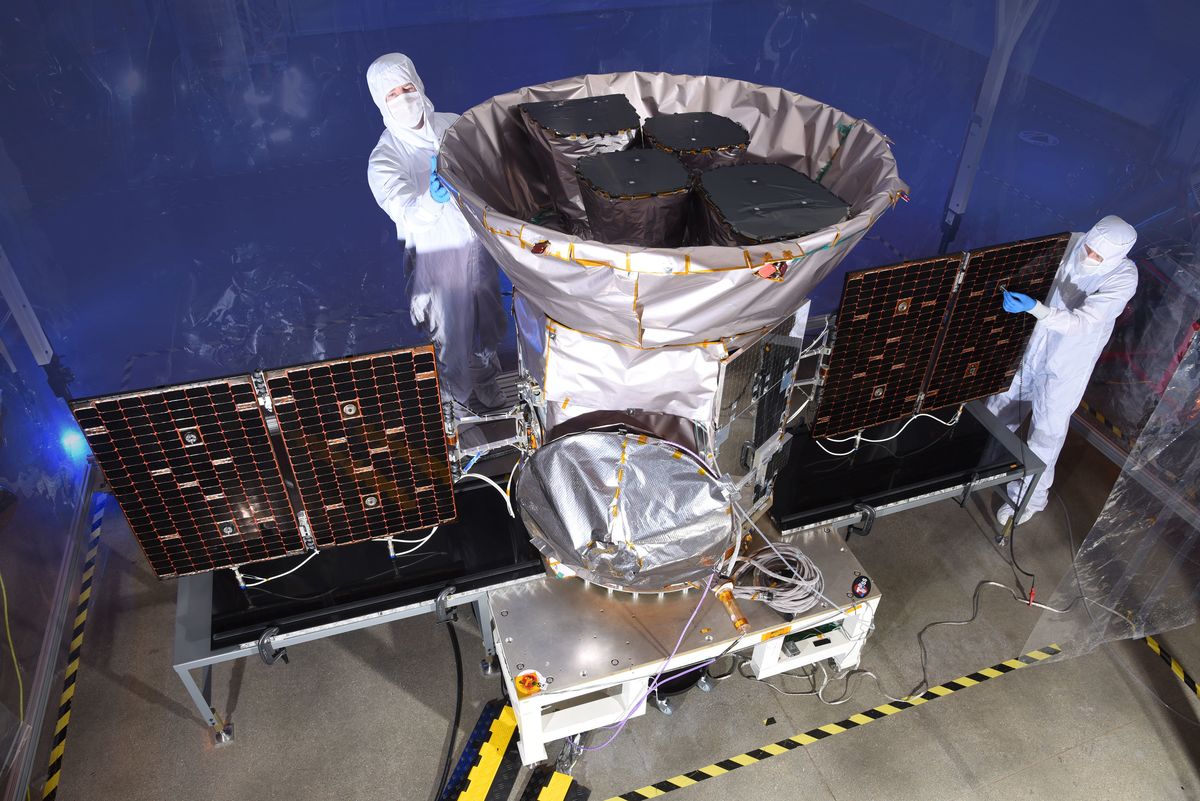https://www.9news.com.au/world/2018/04/13/13/49/space-x-to-carry-new-planet-hunting-nasa-telescope
The Transiting Exoplanet Survey Satellite (TESS) is scheduled to be carried into orbit aboard a 70-metre tall Falcon 9 rocket next Monday.
TESS is replacing NASA’s planet-hunting space telescope Kepler which will run out of fuel over the next few months.
But TESS represents a big upgrade in surveying power. While Kepler only observed small patches of sky at a time, looking at more than 100,000 stars, TESS’ field of view is 400 times bigger.
Note from mollwollfumble. Although Kepler only observed small patches of sky, that was still a phenomenally large field of view by large telescope standards. So I am extremely keen to learn how TESS manages an even larger field of view.



